Yellow Brushstroke
1991
Incised with the artist’s signature ‘Roy Lichtenstein’ (on the base); stamp numbered ’11’ (on the underside of the base)
cast bronze and enamel paint
11 3/8 x 12 1/2 x 4 3/4 inches (29 x 32 x 12 cm.)
Ex-collection
Private collection until the present
Reacting against the previous generation, Pop artists stood for a break from tradition, from what comes before them. They abandoned the Abstract Expressionist painterly gesture and the zeitgeist of artistic genius, while they adopted everyday object and commercial art as their subject matter. Upon close examination, every stroke on a Lichtenstein piece was painstakingly painted by hand through careful deliberations, comparable to Brunelleschi’s calculated use of linear perspective in the 15th century. As Lichtenstein elaborated, “[the Brushstroke] was the way of portraying this romantic and bravura symbol in its opposite style, classicism. The Brushstroke plays a big part in the history of art. Brushstroke almost means painting or art. I did isolate Brushstrokes in 1965 and used cartoon brushstrokes to depict subject matters in the 1980s. I also did Brushstroke sculptures in bronze and wood to make them more palpable” (R. Lichtenstein, quoted in Meditations on Art, Milan, 2010, p.211). Lichtenstein was one of the fathers of Pop Art in the 1960s. He was known for the appropriation of commercial subjects and the use of Ben-Day dots at the beginning of his artistic career. Later on, Lichtenstein frequently adopted the motifs of comical brushstrokes in his paintings and sculptural works for over four decades. To Lichtenstein, sculptural works were important because they showed what was otherwise absent in paintings. As the artist suggested: “Painting it makes it more concrete, but when you do it in bronze sculpture, it becomes real and has weight and is absurd, contradictory and funny” (Ibid., p. 211).

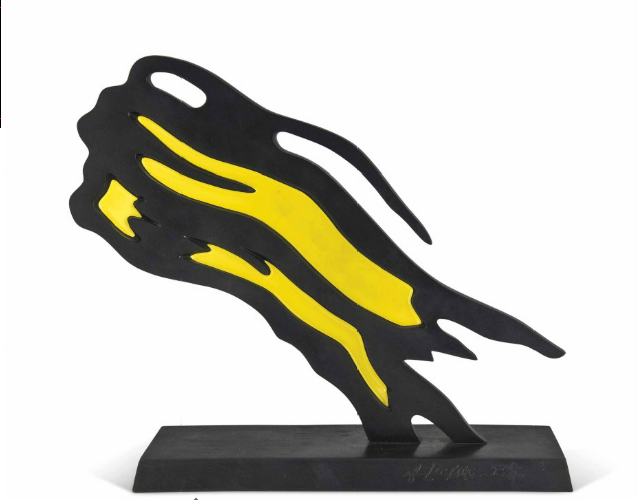
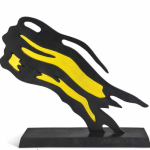 Yellow Brushstroke
Yellow Brushstroke
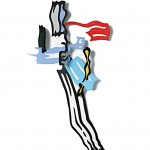 Brushstroke V
Brushstroke V
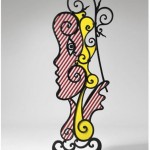 Surrealist Head
Surrealist Head
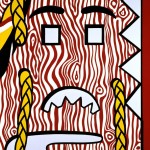 Head with Braids
Head with Braids
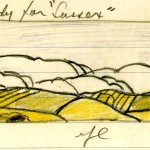 Study for Sussex
Study for Sussex
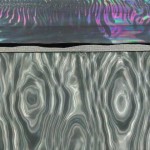 Littoral
Littoral
 Study for Figures in a Landscape
Study for Figures in a Landscape
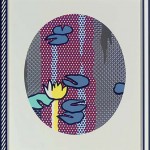 Water Lillies – Blue Lilly Pads
Water Lillies – Blue Lilly Pads